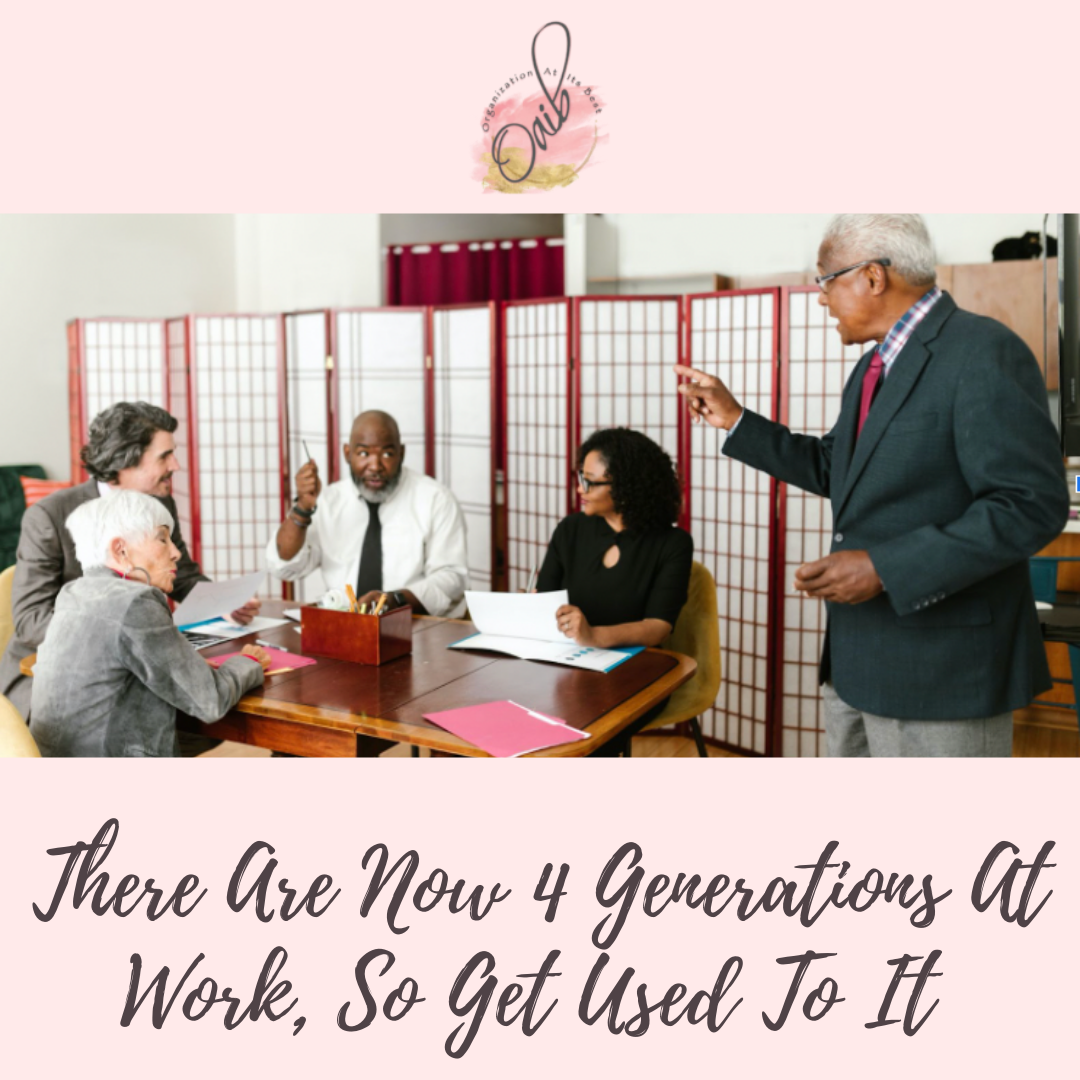
DECEMBER 13, 2022
There Are Now 4 Generations At Work, So Get Used To It
Boomers, Generation X, Millennials, and Gen Z might seem like they grew up in different cultures, but here we are working together on projects, initiatives, and programs, trying to communicate our big ideas.
For the first time in history, four generations are in the workplace together, and each differs in its views on how things should be at work.
You know me, I have some thoughts on the matter.
Generational Influences
Boomers expected stability and gave loyalty. Many are on their way out, nearing retirement after decades with the same company.
Gen Xers were the first to adapt to technology. They were taught to put their nose down and work, and that the reward is their paycheck and (hopefully) promotions.
Millennials saw their parents struggle with work-life balance and aggressively seek it for themselves, but struggle to find it because the workplace hasn’t adjusted to their expectation that if they “just get their work done,” they should be able to work when they want, from wherever they want, with more flexibility for time off.
While Millennials are the largest generation in the workplace, they are not yet the “keepers of the culture.”
The newest entry to the workforce, GenZ wants to be seen, heard, and acknowledged. They crave constant feedback and to know they’re advancing at every milestone.
Everyone Wants To Be Understood
One big difference between older and younger employees is that if younger employees don’t feel valued, they’ll leave. They see no problem with multiple short stints at jobs if those jobs aren’t meeting their needs.
We have observed younger workers feeling strongly about having a seat at the table and a voice. They want to know their opinion matters. They want someone to acknowledge that they’re stressed, that the project is difficult, and that it’s a lot on them.
Did you know that:
- It’s no longer a Boomer World. Millennials are now the largest generation at work in America. Gen X was passed over for this honor.
- 48% of Gen Z Americans identify as racial or ethnic.
- In 1978, 58% of American teenagers had paid summer jobs. In 2016, the number was just 35%. This means you may be the first boss your new employee ever had.
(Source: The Remix, by Lindsey Pollak)
Leaders, it is your responsibility to create cultures of belonging where all generations can thrive.
Leaders there are a few things you can do to create a culture of belonging for your younger employees:
- Be open to different approaches
- Create reverse mentoring relationships
- Give feedback in ways they’ll get it
- Support open dialogue about the different generations in the workplace, such as training, coaching, listening sessions, lunch and learns, etc.
If your organization needs help bridging the gap and learning to understand each other, reach out. Embracing differences and open conversation is our specialty.
Organization At Its Best Founder and Chief Executive Officer, Tawana Bhagwat, has more than twenty-five years of experience directing Human Resource administration, change management, learning and development, facilitation, DEIB, and executive coaching.

